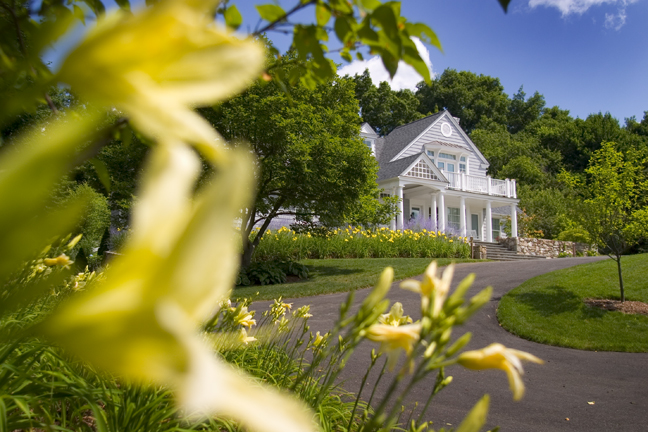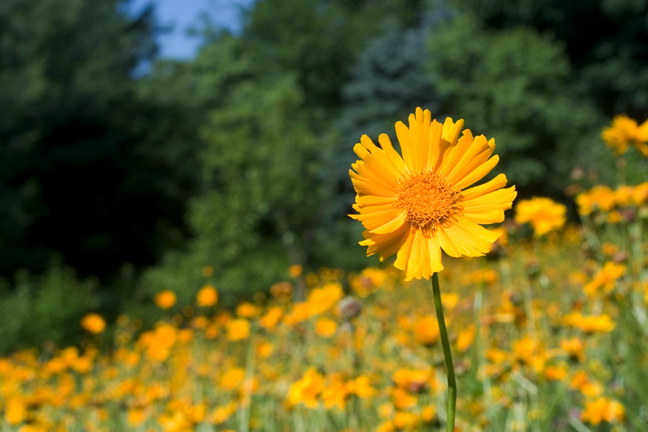
There’s so much information about health risks bombarding us every day, warning us to avoid things or add things, do this and don’t do that. It can make your head spin. Scientists and environmental physicians agree that exposure to chemicals can be dangerous for your long term health. The problem is that illnesses, including cancer and degenerative diseases such as Parkinson’s, can take decades to develop. We’re all exposed to thousands of toxins both inside and outside our homes: how do we connect the dots and protect ourselves and our families from harmful chemicals?
You wouldn’t take a bath in paint thinner or breathe gas fumes for fun, as Mehmet Oz, M.D., and Michael Roizen, M.D. said in a recent article they wrote for Real Age. But little risks, such as breathing paint fumes one day and cleaning with ammonia another, may add up. Melanie Haiken wrote a wonderful informative piece on how to cancer proof your home, including how to replace seven carcinogens you may not have recognized for Yahoo Health.
To keep it simple, here are my top five things I believe everyone should do. Remember that a healthy home is the ultimate luxury!
1. Make your bedroom the cleanest room in the house.
During sleep, your body works to remove any toxins you were exposed to during the day, and to restore energy and health for body and mind. Replace your mattress and bedding with an organic mattress, made with natural latex, wool or organic cotton. Be sure your pillows are all natural as well. Non-organic cotton is grown in fields soaked in insecticides; dyes and color fixers use heavy metals such as chromium, copper and zink. You can request “no fire retardant chemicals” be used on your mattress; this requires a prescription from your doctor.

2. Keep the air in your house pure.
The Asthma and Allergy Foundation of America rates indoor air quality as one of the top five environmental health risks. Clear and purify your air by adding a room air-purifier, or go further and install a central filtration system. Models are available that can remove particulates such as dust and pet dander, along with molds, spores, pollen and chemical gases such as sulfuric acid, ammonia and formaldehyde. Commercial cleansers are often overlooked culprits in polluting indoor air; some of their ingredients are carcinogenic and toxic to the lungs, liver and kidneys.

3. Reduce or Eliminate VOCs with Water-Based Paints.
That just-painted smell is actually the off-gassing of chemicals such as benzene, formaldehyde, toluene and zylene. The Volatile Organic Compounds (VOCs) from paints last far longer than the odor does, as can vapors from floor stains, finishes, sealants and caulks. According to the EPA, some of these VOCs are known to cause cancer. Low- or No-VOC products use water as a carrier instead of petroleum-based solvents, reducing the levels of heavy metals and formaldehyde. Even low VOC paints, though, can contain fungicides and biocides, used to prevent mildew growth and extend shelf life. A product I use and recommend is EnviroSafe Paints, which uses no fungicides or biocides at all.

4. Be Clean and Green with Non-Toxic Cleansers
Many conventional cleaning products, rather than cleaning your home, actually pollute it with a toxic mixture of petrochemicals. Experts say chemicals inside our homes may have concentrations of up to 100 times higher than outdoor air. Synthetic fragrances are added to mask the odor of chemical vapors, implicated in headaches, dizziness, skin rashes and respiratory problems, as well as deadly diseases. There are many good green cleaning products on the market made from natural ingredients, such as Seventh Generation: look for products containing citrus oils and enzymes. You can also make your own from items you have in your pantry: I’ve given instructions on an earlier post. Read it here.

5. Protect your lawn and garden from contaminants.
Once you’ve made your home a safe-haven from fumes and toxic chemicals, you won’t want to live surrounded by pesticides and harsh fertilizers. Lawn and garden chemicals are poisons to things that live, including you and your pets. The residue from these products are too easily tracked into your house, polluting your pristine space. A study from the U.S. Center for Disease Control (CDC) found pesticides in 100% of the people who had both blood and urine tested. Many of these chemicals are linked to cancer, birth defects, and liver or kidney damage. Learn to tolerate a few weeds, or get the family outside in the fresh air to dig them out by hand. Healthy soil is “alive,” so boost your soil’s health by spreading organic compost or alfa meal.

To do even more for your health, be vigilant about BPA in plastic bottles and pitchers, and in canned goods. Cook with glass, cast iron or porcelain or ceramic-coated pans rather than old nonstick cookware. And choose skincare products made from natural and organic ingredients. Doing just these few things will help to minimize the effects of unavoidable exposure to toxic chemicals and fumes.

Finally, believe, like I do, in the Power of One: the power each of us has to make an impact, create change, and help heal the earth.




